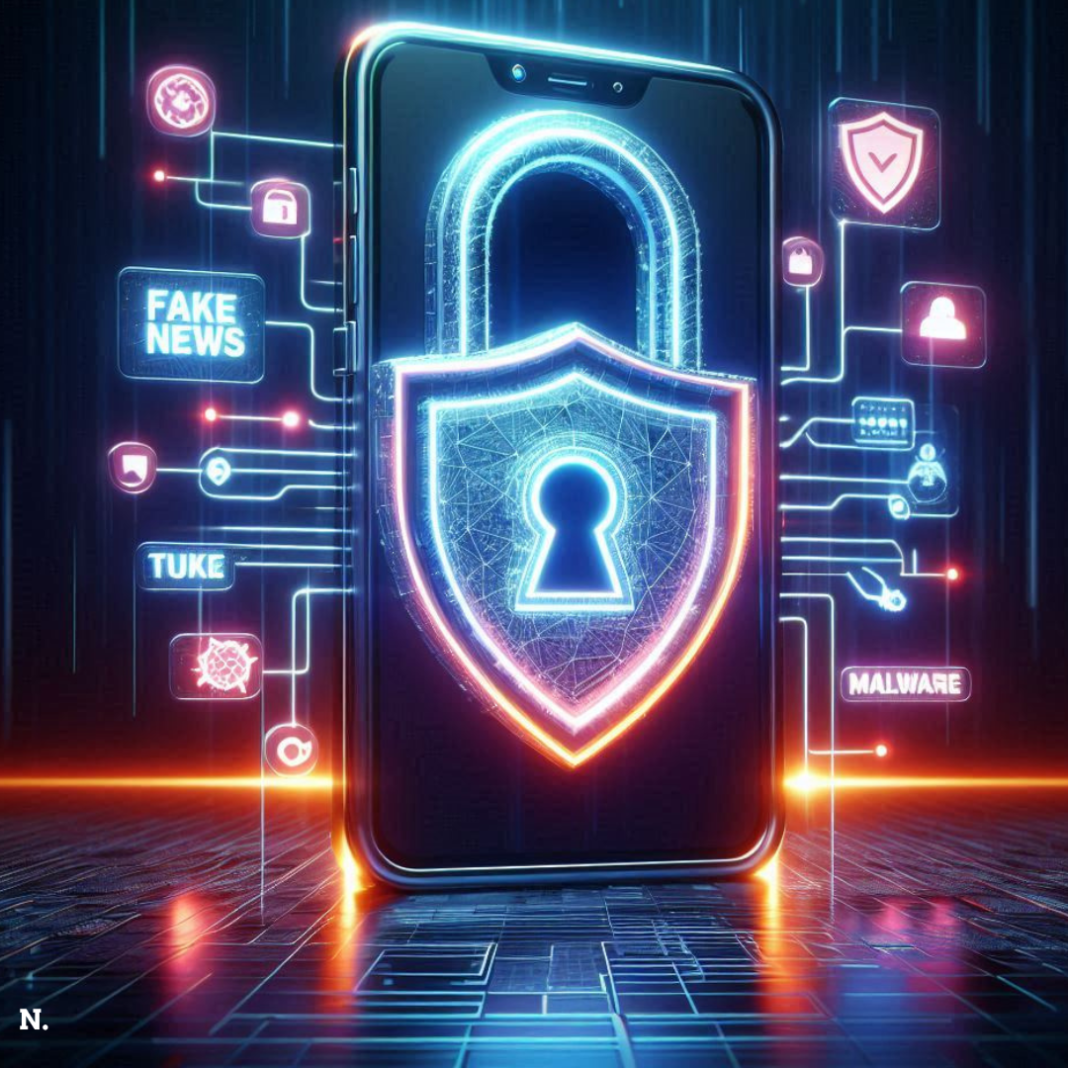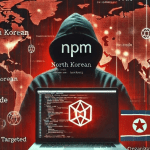Fake News and Deepfakes on the Rise
As the Philippines prepares for the May 12 midterm elections, both government and private groups are warning Filipinos to be extra careful about what they see and hear online. Fake news and deepfakes—realistic but fake videos and audio—are becoming more common. These are often shared on social media to trick people, especially when it comes to politics.
Deepfakes use advanced computer programs to make it look like someone said or did something, even if they never did. This kind of content can be hard to spot because it looks very real. That’s why experts are pushing people to double-check what they see and hear online. Videos of political candidates, for example, should always be viewed with caution—especially if they come from accounts that seem suspicious.
A simple way to check if something is trustworthy is to look at the profile that shared it. If the account was just created recently, has very few followers, or is locked so you can’t see much, it could be fake. These are signs that the content might be made to spread lies or confusion.
Authorities say the problem isn’t just about deepfakes. Fake news, online scams, and identity theft are also rising. In the first three months of 2025, the Cybercrime Investigation Coordinating Center (CICC) already received over 3,000 complaints. Out of those, more than 1,200 were about consumer fraud. Other complaints included phishing, illegal access to accounts, and online harassment.
Free Tools Can Help Spot Fakes
Good news: there are free apps and software that anyone can use to help spot deepfakes and fake news. These tools can check if a photo or video has been edited or faked. Some can even compare videos to real ones to see if they match.
These tools are available on trusted platforms like the Google Play Store or the Apple App Store. Experts are reminding everyone to never download apps from unknown websites or strange links. Not only might these apps be fake, but they could also contain viruses or malware.
Even simple tools like Google Search can help. For example, if you see a strange video of a public figure, you can try searching for the same video on Google. If it doesn’t appear on any trusted news sites, it might not be real.
Authorities say it’s not just about using apps. People need to be alert and think twice before believing or sharing anything online. They’re working with schools, businesses, and other groups to teach more people how to use these tools. Some areas will even be given special software to detect deepfakes more easily.
Telecommunication companies are also doing their part. They have started using artificial intelligence (AI) to block scam text messages. This is one more step toward keeping Filipinos safe from online tricks.
Critical Vulnerabilities: The Dark Side of Pacemaker Technology
Teamwork to Fight Digital Lies
The fight against fake news and deepfakes is not being done by just one group. Many parts of the government are now working together to tackle the problem. Agencies in charge of science, communication, and information technology have all joined forces.
They’re also working with groups that focus on online safety. One of these groups is getting ready to launch a new campaign to teach people about deepfakes. This campaign will use videos, posters, and events to spread awareness.
A national task force is being set up to handle the rising number of digital scams and fake content. It will help bring more tools and training to communities, so more people can learn to protect themselves.
So far, the efforts are focused on improving the tools available, raising public awareness, and making sure people have the knowledge they need to spot lies online. While the problem is growing, so is the support for those trying to stop it. By using safe apps and being more cautious online, people can help slow down the spread of dangerous digital lies.
How Cyber Attacks on Industrial Control Systems Can Endanger Lives ?





